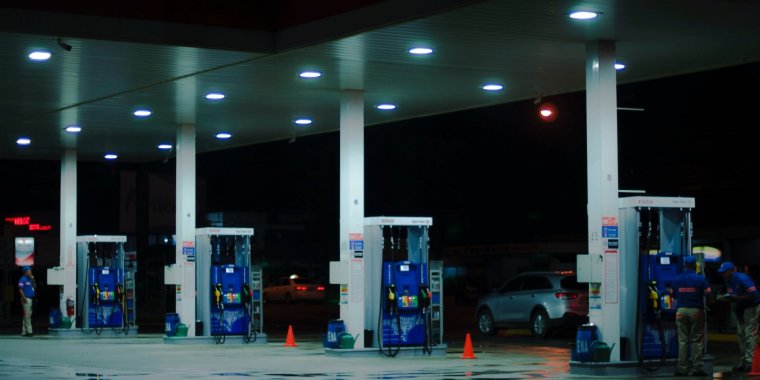| News / Science News |
Promising new solar-powered path to hydrogen fuel production
Engineers at Lehigh University are the first to utilize a single enzyme biomineralization process to create a catalyst that uses the energy of captured sunlight to split water molecules to produce hydrogen.

Hydrogen could replace car fuel. Photo: Juan Fernandez/Unsplash
The synthesis process overcomes challenges of previously reported methods.
Solar-driven water splitting is a promising route towards a renewable energy-based economy. The generated hydrogen could serve as both a transportation fuel and a critical feedstock for fertilizer and chemical production. Both sectors currently contribute a large part of total greenhouse gas emissions.
"National Science Foundation (NSF) funded this fundamental research to understand and engineer the process of how living things create bones, shells and other mineral-based tissues," said Nora Savage, a program director for NSF's sustainable manufacturing program. The nanostructures "may unlock many new capabilities -- in this case, to create special catalysts for chemical reactions that could provide sustainable energy."
Though water may be plentiful, previously-explored methods are complex and require environmentally harmful solvents and massive amounts of energy to produce the needed catalysts at a large scale.
The expense and harm to the environment make these methods unworkable as long-term solutions. Lehigh's new biomineralization method shows promise at overcoming these challenges. (National Science Foundation)
YOU MAY ALSO LIKE





